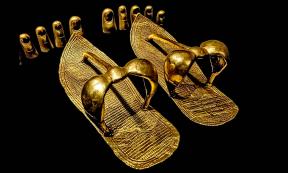Amarna
Amarna was one of the most fascinating and enigmatic periods in ancient Egyptian history. Amarna (or Akhetaten) was a city founded by the pharaoh Akhenaten in the 14th century BC, and it served as the capital of Egypt during his reign.
What makes Amarna such a unique period in Egyptian history is that Akhenaten introduced a radical new religious and artistic style that diverged from the traditional polytheistic beliefs and artistic conventions of ancient Egypt. Akhenaten and his queen, Nefertiti, worshipped the sun god Aten as the supreme deity, and this new religion was depicted in art with a distinctive, elongated style that was quite different from the traditional Egyptian art.
Amarna was a city built entirely from scratch, and it was designed to reflect the new artistic and religious ideas of Akhenaten. The city featured grand temples, palaces, and homes, as well as tombs for the royal family and their courtiers.
Despite its relatively short lifespan (Akhenaten ruled from 1353-1336 BC), Amarna continues to capture the imagination of scholars and the general public alike. The art, religion, and culture of this period provide a unique window into the mind of one of ancient Egypt's most intriguing rulers.
Join us as we explore the history, art, and culture of Amarna, and delve into the mystery and intrigue of this fascinating period in ancient Egyptian history.






































